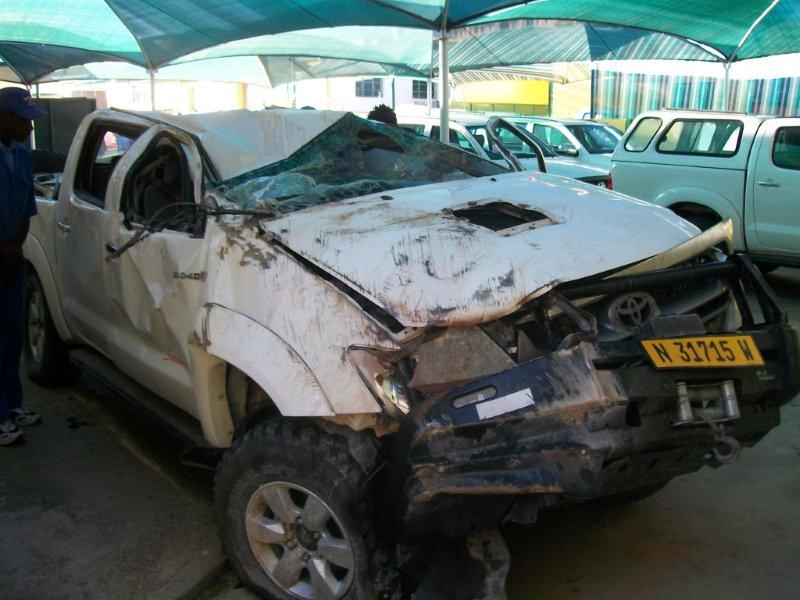Safety and Driving Tips
Enjoy Namibia ! Safely !
- In Namibia we drive on the left side of the road
- Passengers in the back as well as the front seats must wear seatbelts
- it is advisable to drive with your lights on, also during the day
- To operate a motor vehicle in Namibia, you need a valid driving license and must carry it with you when driving
- Before leaving on yourself drive tour, please make sure your vehicle’s brakes and tyres are in good working order. Your tyres must have the correct air pressure for the roads on which you’re planning to drive, and also for the weight of luggage and number of passengers in your car. Always carry at least one spare tyre. When visiting remote areas, it is advisable to carry a second spare tyre and a tyre repair kit.
- in Namibia, 4x4 vehicles are recommended when traveling through remote areas. Your car should carry a well equipped first aid kit
- Plan your trip carefully. Always make sure you have enough fuel for the journey you have planned. Fill your tank at every available opportunity, even though you may not be in immediate need.
- Always carry Water with you when you travel. Plan your trip so that you have enough water for the journey and also in case you have a break down or become stuck
- It is a good idea to leave your itinerary with your tour operator, hotel or friends. In the unlike event that you should get lost, authorities will be able to find you if they know your plans.
- Namibia’s wildlife is marvelous. But take care. Animals often cross the roads or graze near the roads. Both wild and domestic animals frighten easily and can jump directly in front of your moving car.
- Avoid driving at night. Wildlife is most active at dusk and the possibility of a collision at this time of day is vastly increased.
- When entering any game park or other area where there are wild animals, read the safety guidelines available. It is dangerous to leave your vehicle in a wildlife area. No matter how beautiful or gentle an animal may appear, the only safe way to look at it is from the safety of your car.
- We kindly ask you to dispose of your litter properly. Also, it is important to respect local people and cultures, particularly when traveling in remote areas.
- in rainy season be aware of flooded roads and flowing rivers. Never drive through water, if you are not sure how deep it is.
- FINALLY: Take the same precautions in Namibia you would take anywhere else in the world. Look after your personal items. Do not leave valuables visible in a car or hotel room. Lock your hotel room door when you enter and when you leave, Do not carry large amounts of cash on you. Never pick up hitch hikers. Avoid displaying flashy jewellery and carry your camera in its pack on your shoulder rather than around your neck.

